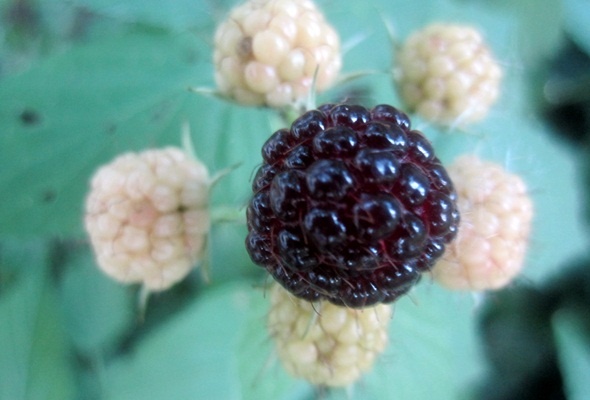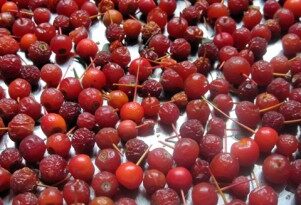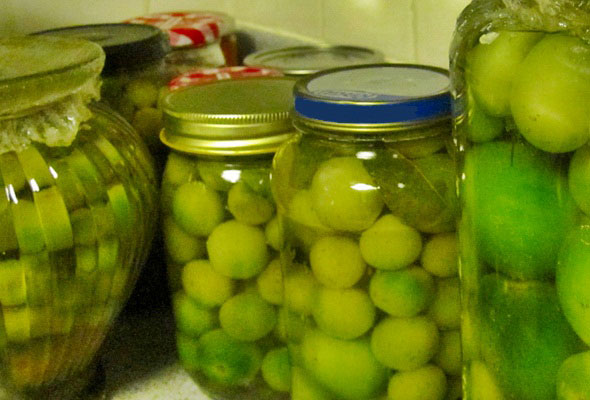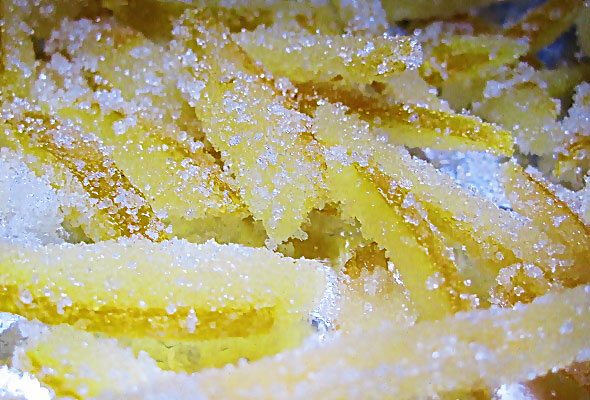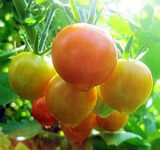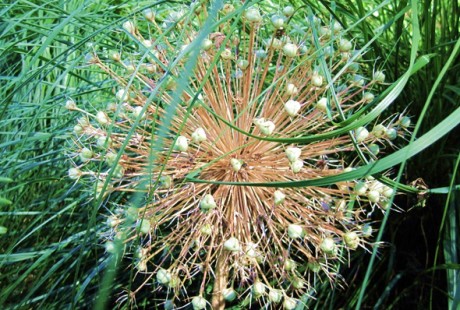Understanding Your Soil
You can make the most impossible growing medium ideal with enough effort and amending, but why not give nature its due and work with the soil you have, when possible?
If you have a lot of trees, especially evergreens, chances are your soil is acidic, or sour and will favor shade lovers and woodland plants like rhododendrons, azaleas, astilbe, ferns, and blueberries.
If your soil is yellow and turns hard and cracked when the weather is dry, you’re the proud owner of sweet, or alkaline soil, in which hostas, daylilies, hellebores, lilacs, clematis, peonies, salvias and anemones will thrive.
Most vegetables will be happy with either type, provided they’re regularly fed and watered, but they prefer their soil slightly acidic.
Sandy and silty soils have to be amended, because they’re poor, unstable, and drain too fast. Mix well rotted manure, compost and peat to add nutrients and improve water retention. While not ideal, some plants love these soils, and will thrive in them. Carrots, asparagus, radishes, and potatoes benefit from having light cover on their roots.
The perfect growing medium, the loamy soil, is dark, buttery and easy to work. It clumps when squeezed but crumbles easily when released, feels moist to the touch and smells like humus and mushrooms. You will find an earthworm or two when you turn it. If you have this soil type, the garden gods have smiled down on you and you can plant whatever you wish. It rarely just happens; it’s often the result of years of soil improvements.
Having the ideal soil doesn’t mean you can skip its basic maintenance: any soil becomes impoverished over the years and needs fresh nutrients to keep the plants happy and thriving.




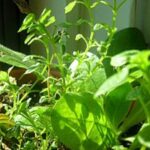 Previous Post
Previous Post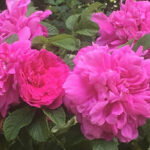 Next Post
Next Post